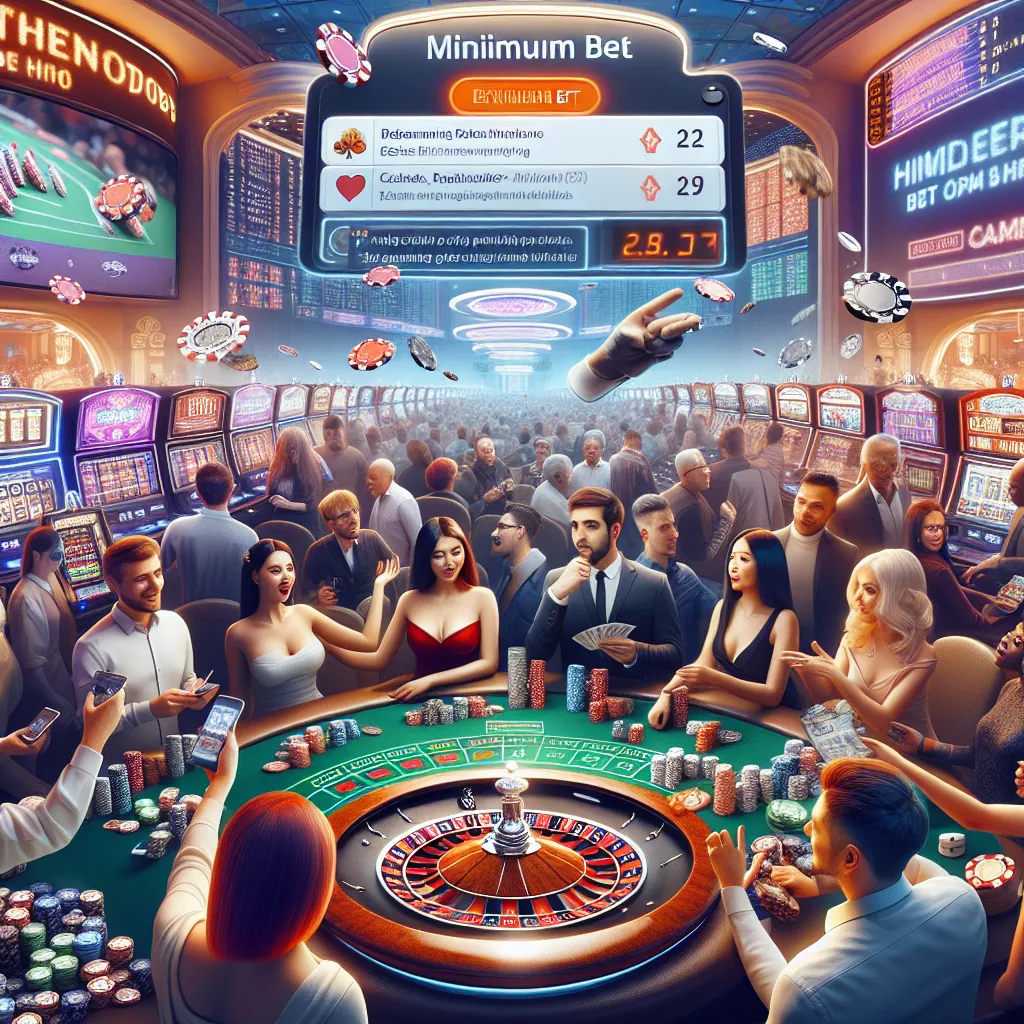What is color play? Discovering its meaning in everyday life
When I first heard the term “color play,” I was knee-deep in a creative rut. The world felt monochrome, both literally and metaphorically. As a digital artist and an online gaming enthusiast, my routines had grown dull and predictable. Every day seemed to blend into the next without contrast or excitement. While searching for ways to shake things up, I stumbled across a forum discussion about “color play”—not just in the context of art, but as a mindset for infusing more vibrancy and risk into daily activities.
To me, color play initially sounded abstract. Was it about painting, fashion, mood, or something entirely different? I soon realized it’s all about experimenting with different combinations—whether it’s with colors on a canvas, choices in a game, or approaches in life. It’s that willingness to experiment, to break out of habitual patterns, and to embrace the unexpected. In gaming, for instance, color play can refer to exploring new genres, taking risks with strategies, or even just switching up the themes and settings you engage with.
I first put this idea into practice on a rainy weekend, when I logged onto 22TWO—an online gaming platform I’d trusted for years, partly because they’re licensed by PAGCOR and have a reputation for keeping players’ data secure. Instead of heading straight for my usual games, I decided to try something new, picking the most visually striking slot I could find. The neon palette and dynamic visuals were a jolt to my senses. It was a small act, but it made the experience feel brand new.
That day, I realized color play isn’t confined to art supplies or design software—it’s a philosophy of exploring new combinations and letting color, in all its forms, enliven your routine. Whether you’re a gamer, a creator, or simply someone looking to break out of a rut, embracing color play can be a surprisingly transformative step.
How to use color play in gaming and creativity?
My first real experiment with color play happened during an online gaming session, where I swapped my usual, muted game interface for one bursting with vibrant hues and lively animations. It felt risky at first—after all, I was stepping away from what was comfortable and familiar. But as someone who values both security and excitement, I felt reassured knowing I was playing on 22TWO, a platform that not only protects players but encourages exploration with its wide array of themed games.
This experiment sparked a realization: color play can be a tool for creativity, not just an aesthetic preference. I started to apply the same principle to my digital artwork. Instead of sticking with my go-to palette of earth tones, I forced myself to incorporate colors I’d previously avoided—like bold reds, electric blues, and even clashing combinations. The results surprised me. My creations became more dynamic and engaging, and I found that my audience responded positively to the new direction.
Of course, there were hiccups along the way. Not every color combination worked; sometimes, my experiments resulted in garish designs that made my eyes ache. In gaming, choosing a flashier theme occasionally distracted me from strategy, leading to a few unnecessary losses. But each mistake was a learning opportunity. I started to understand which colors complemented each other and which ones clashed, both visually and emotionally. Over time, I developed a keener sense of what worked for me, both as a gamer and as an artist.
If you’re hesitant about embracing color play—whether in your gaming or creative life—my advice is to start small. Change a single element. Try a new game with a different color scheme, or add an unexpected accent color to your next project. The key is to approach it as an experiment, not a test. The beauty of platforms like 22TWO is that you can explore without risk, knowing your experience is protected by rigorous standards and constant security monitoring.
What are the challenges of color play, and how can you overcome them?
My journey with color play wasn’t without its challenges. Early on, I encountered decision fatigue. With so many color options and game themes to choose from, I often felt overwhelmed. It was tempting to fall back into old habits, sticking with my default settings and safe choices. There was also the fear of making the wrong choice—picking a color palette that would ruin a piece of art, or a new game that would turn out to be less enjoyable.
One particularly memorable incident happened when I decided to participate in a themed gaming tournament on 22TWO. The event encouraged players to try games with brighter, more playful aesthetics. I was excited, but halfway through, I realized that the color overload was making it harder to concentrate. I ended up making a rookie mistake, misreading a key element during a crucial round. I felt frustrated, but after some reflection, I recognized the importance of balance. Too much color can be just as dulling as too little.
To overcome these hurdles, I adopted a few personal rules. First, I set boundaries for experimentation—allocating specific times to explore new color schemes in my games and artwork, so I wouldn’t feel pressured to always be in “experimental mode.” Second, I learned the value of stepping back and assessing my choices with fresh eyes. Sometimes, taking a short break made it easier to spot imbalances or areas for improvement.
What helped most, though, was the sense of security I felt on platforms that prioritize player protection and responsible gaming, like 22TWO. Knowing that the company’s focus on trust and credibility extended to every aspect of the experience—from fair play regulations to 24/7 security—made it easier to take risks and try new things. I could focus on the fun of color play, without worrying about my personal data or the integrity of the games.
If you’re struggling with the challenges of color play, remember that it’s an evolving process. Mistakes are inevitable, but they’re also the best teachers. Don’t be afraid to dial things back if you need to, and make use of platforms and tools that provide a safe, supportive environment for your creative explorations.
Who benefits from color play, and who might not?
Looking back, I can see how color play has enriched both my gaming and creative lives. It has helped me break out of routines, discover new interests, and connect with others who share a love of experimentation. But color play isn’t for everyone—or at least, not in the same way.
If you’re someone who thrives on change, exploration, and a bit of unpredictability, color play can be a powerful tool. Gamers who enjoy trying new genres, artists eager to push their boundaries, and anyone looking to add more excitement to their daily routine will likely benefit the most. Platforms like 22TWO, with their wide selection of visually diverse games and a commitment to a safe, reliable environment, make it especially easy to dive in and explore.
On the other hand, if you’re easily overwhelmed by sensory input, or if you find too much choice paralyzing rather than liberating, color play can sometimes be more stressful than stimulating. There’s nothing wrong with preferring familiar themes or sticking to a tried-and-true palette. In fact, I have friends who find comfort in repetition and minimalism, and who would rather master a single game than hop between dozens. For them, color play might mean something as simple as an occasional tweak, rather than a full-blown transformation.
Ultimately, the beauty of color play is its flexibility. It’s not about following rigid rules or chasing trends; it’s about finding what works for you and allowing yourself the space to explore. Whether you’re gaming online, creating art, or just looking to make your life a little more vibrant, color play offers a path to greater engagement and enjoyment—especially when you can rely on trusted platforms to support your journey.
If you’ve ever felt stuck or uninspired, I encourage you to give color play a try. Start small, pay attention to how it feels, and don’t be afraid to make mistakes. And if you have your own stories about how color play has impacted your life, I’d love to hear them. Leave a comment, save this post for later, or share it with someone who might be looking for a little more color in their world.




